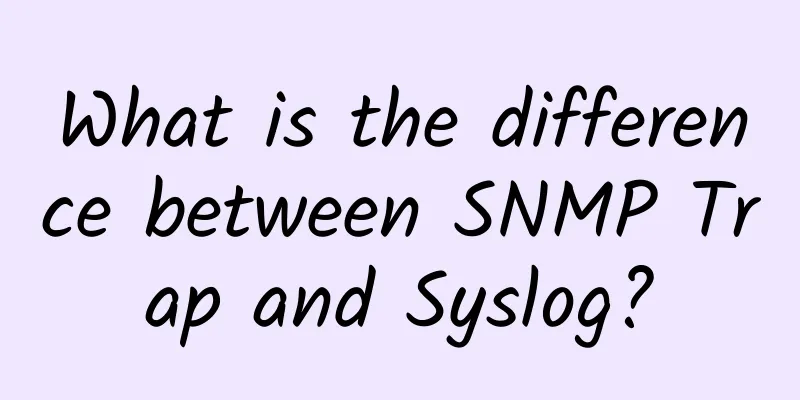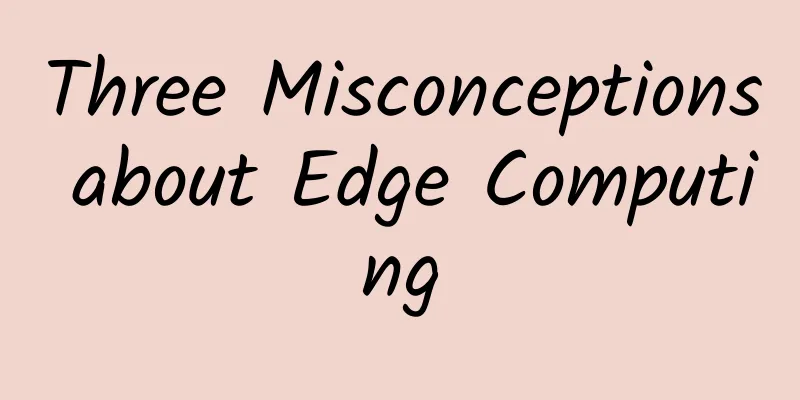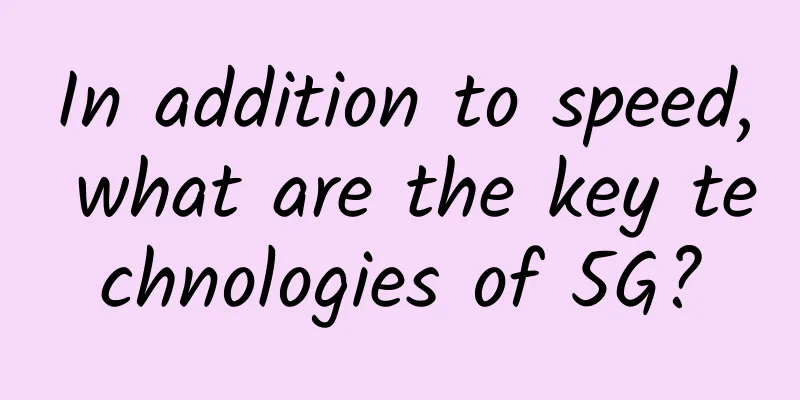The existing network is difficult to achieve great success, will 5G be the savior of the Internet of Things?

|
5G is the fifth generation of mobile cellular technology and solutions. It heralds a major change in the mobile space and, although it is not just “built” for IoT, it is considered by the industry to be a major driver of IoT growth. In this article, we will mainly explore the use and role of 5G in IoT. Currently, with the development of Industry 4.0, Internet of Vehicles, smart buildings, and smart cities, we use the Internet of Things or cyber-physical systems to connect the physical world with the digital world, and we also need to further conduct valuable analysis on massive amounts of data. This is why edge computing, deep analysis and artificial intelligence have become so important in the Internet of Things, especially edge computing, because it can perform preliminary screening of massive amounts of data, so it is of great significance to improve the utilization efficiency of the entire Internet of Things data. IDC pointed out in its 2018 Global Internet of Things Forecast that by 2020, the investment in edge infrastructure will reach 18% of the total investment in Internet of Things infrastructure, and the market value brought by edge computing in the future is also worthy of attention. Because the Internet of Things requires a large number of connections, high reliability and real-time performance, and even low power consumption or deep coverage, in fact, the current network cannot meet its needs. Therefore, we need 5G to make a breakthrough to meet the network needs of the Internet of Things. 5G and the Big Connectivity of the Internet of Things Currently, many IoT projects have made good use of non-cellular LPWAN technology to solve low-speed networking needs. However, in future large-scale connected IoT applications, such as Internet of Vehicles, Industry 4.0, smart cities and other application scenarios, only local networking cannot meet the requirements, and 5 can deal with these problems. 5G is planned to bring high reliability, low latency, scalability, security, and ubiquitous mobility, all of which are needed for the Internet of Things. 5G can eliminate network edge At present, all countries attach great importance to the promotion of the 5G industry. The competition among major operators on 5G has started a few years ago, and they plan to deploy 5G on a large scale in the next few years. Industrial Internet of Things is a popular application field of Internet of Things. In fact, the existing 2/3/4G and even LPWAN technologies are all used in industrial Internet of Things, but 5G will also be very suitable for the needs of this field. With the enhancement of mobile broadband, the goal of 5G is to realize large-scale Internet of Things and ensure network capacity and performance in the most diverse environments. To give an example, the OpenFog Alliance was initiated by Cisco in the context of its fog computing approach. It is mainly aimed at data-intensive IoT applications, bringing intelligent analysis to the forefront, aiming to realize AI, IoT and 5G through fog computing, and is a supporter of 5G. As devices become part of the network rather than a terminal as we define it now, 5G networks also have a sense of de-edgement, allowing the control and management center to be closer to the machines and equipment. The future of 5G and IoT 5G is not just an extension of LTE, it will bring a brand new network system and will be ubiquitous in 10-20 years. Gartner once conducted a survey to assess users' willingness to pay more for 5G. Although the respondents had some doubts about when 5G would be widely used, 57% of the respondents believed that the biggest application of 5G would be for the Internet of Things. Sylvain Fabre, research director at Gartner, pointed out that before 2023, the network capabilities provided by IoT solutions in most parts of the world will not be able to meet the demand for the number of connections. In addition, even if 5G networks are built, he predicts that only a small part of IoT applications will require high-speed and low-latency 5G, At the same time, the future of the Internet of Things is certain to be a hybrid network coexistence. GSMA sees 5G as the center of a heterogeneous network environment and will be used together with other connection solutions such as LPWA. 5G as the center of heterogeneous network environment In addition, in September 2017, more than 180 scientists, oncologists and health experts submitted an opinion to the European Commission, requesting an independent study on 5G radiation because they were concerned about the impact of 5G on health. However, such episodes cannot stop the pace of 5G network construction. In the 5G competition, how do operators view 5G and the Internet of Things? According to the Internet of Things Barometer released by Vodafone on September 27, 2017, 36% of the surveyed companies are already considering providing 5G services for the Internet of Things, which they believe is a gradual upgrade. As mentioned before, 5G is more than just IoT, and in the longer term it will bring even more impressive predictions. According to IHS Markit, by 2035, the 5G global value chain will generate $3.5 trillion in output and support 22 million jobs, and will impact $12.3 trillion in global economic output. Why is 5G suitable for IoT? Back to 5G and wireless IoT connections. 5G is a new generation of cellular network technology. The development of 5G requires higher frequency wireless spectrum. In contrast, low-speed networks such as NB-IoT and eMTC can use the existing 2/3/4G spectrum. Non-cellular technologies such as LoRa and Sigfox require the use of free spectrum, and the conditions for the use of their spectrum are more stringent. With high bandwidth, 5G is expected to reach network speeds of 20 Gbps or higher. Qualcomm announced on October 17, 2017 that its 5G modem achieved gigabit download speeds. In comparison, LTE Cat-M1 is developed specifically for connecting IoT devices to 4G networks, with speeds of up to 10mbps, while NB-IoT or narrowband IoT has speeds of less than 350kbps. In addition, compared with 4G, 5G not only has faster download speeds, but also has a device connection density 500 times that of 4G, which means that it can connect more devices to the network at the same time, which is of greater significance to the Internet of Things. Future global 5G coverage: Source: GSMA Of course, not all IoT applications require 5G or NB-IoT. For example, in most industrial IoT cases, there will be a combination of various connectivity solutions. One reason why 5G is so popular is the promotion of operators. Although operators have been competing for 5G for some years, they will see important 5G evolution in 2018 and 2019, but its large-scale application will be in 2020-2021. |
<<: Will ZeroNet subvert the existing Internet network?
Recommend
What is blockchain and what impact does it have on data centers and cloud computing?
Today, more and more applications are causing the...
Telecommunication Research Institute report shows that 5G indoor coverage is only 60%
In the third and fourth quarters of 2021, China T...
Discussion on SD-WAN and IP Network Evolution
[[206217]] SD-WAN Today For most enterprises, IT ...
Do you know the ins and outs of threads?
[[280855]] The process has been a little troubled...
SaltyfishTech Germany 9929 package free upgrade, 15% off for quarterly payment, $19/quarter-dual core/1GB/15GB/1.15TB@300Mbps
SaltyfishTech (咸鱼云) recently upgraded the Frankfu...
4G investment has been frozen. China Telecom: It will take 3-4 years before you can use 4G and 5G with confidence
5G exploded in China in 2020. Have you changed yo...
Spring is coming, the cancellation of data roaming charges? Beware of scams
Mr. Dongguo and the wolf, Lu Dongbin and the dog,...
Aruba CX switch series helps build high-performance networks for the future
Under the epidemic, whether it is serving custome...
"Net Neutrality" Is Making a Comeback, Will the World Be a Better Place?
[[413633]] As part of his plan to promote large-s...
PoE Troubleshooting Guide: Common Problems and Solutions
Power over Ethernet (PoE) is a revolutionary tech...
All the information about IPv6 is here? Learn more in one article
Now many operators support IPv6. The day before y...
Driven by the new infrastructure, will data center construction be "rushed"?
The data center construction trend has not yet st...
IP address conversion: conversion between numbers and strings
There are generally two formats for storing IP ad...
Yahoo's valuation dropped from $4.8 billion to $350 million, 32 million accounts leaked due to "cookie forgery"
[51CTO.com original article] Yahoo's latest n...
P2P Confession | I don’t produce content, I’m just a route planner for content delivery
When people mention P2P now, they will think of t...









